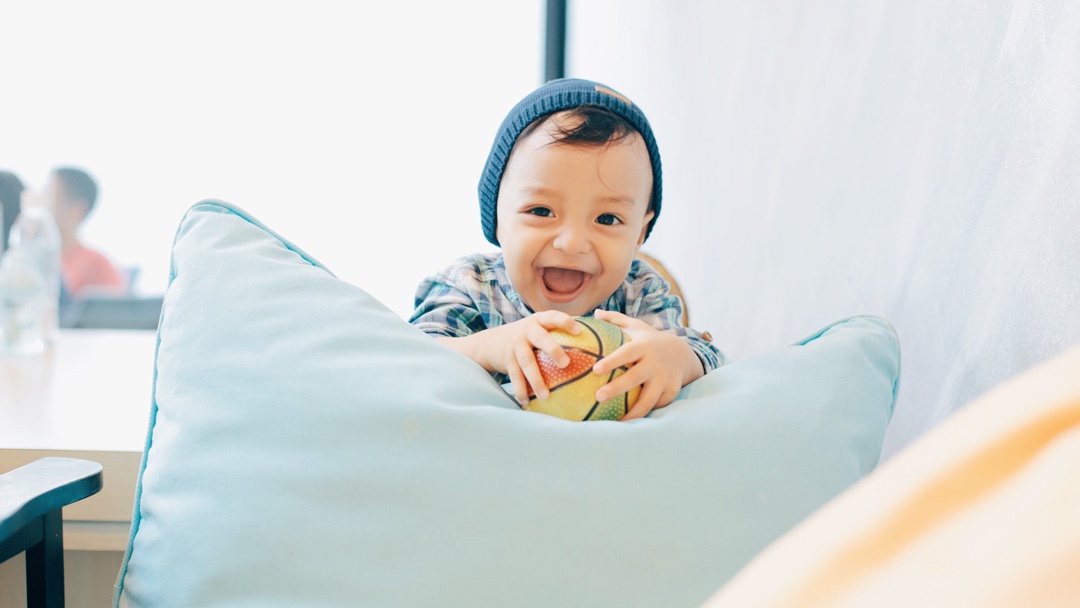Learning certain early-life skills may come natural to your child, others, not so much. Potty training can be a challenging skill to master for any child and especially difficult for children on the autism spectrum.
There are many reasons why potty training may come late to your child but just as many ways to work on it. In this post we’ll talk about the challenges of potty training children on the autism spectrum and some of the ways to work on it at home.
The Challenge of Toilet Training
There can be a variety of factors that make toilet training difficult for children on the spectrum including:
- Physical challenges that make it difficult for them to conduct the proper motor functions and movements involved in using a toilet.
- Language and communication barriers making it difficult for your child to understand the training.
- Fear over the noise, sensation or act of using the bathroom.
- Misunderstanding or misreading body cues that would otherwise let your child know they need to use the bathroom.
All of these can make toilet training especially difficult, but understanding the cause of your child’s difficulties will help you remedy them better. If you find yourself struggling with the above, maybe these tips will come in handy.
-Use visual prompts and direct language
When practicing toilet training, try using visual prompts to help your child understand the direction you’re giving them. For example, try using a flashcard with the picture of a toilet while issuing your verbal direction to go the bathroom. If it’s helpful, your child can also use the visual prompts to communicate with you when they need to use the bathroom.
-Schedule toilet trips
At the start, it is most helpful to build trips to the toilet into your child’s routine. Instead of letting them tell you when they need to go, start by dedicating time to use the toilet. Try sticking with the same times of day every day and build these trips around your child’s daily routine. Eventually, this can help your child know to habitually use the bathroom at scheduled times and learn to use the toilet with ease. You can even make a visual schedule to help your child understand the change in their routine.
-Introduce underwear
Though it may seem like a step you’d rather wait on, introducing underwear to your child sooner than later can help them understand the necessity of going to the bathroom when they need to. Unlike diapers, underwear will produce an uncomfortable sensation whenever your child has accidents. Learning this sensation can be an important part of the process of teaching your child not to have accidents.
-Treat accidents like a part of the process
Accidents will happen as your child learns. Though they can be frustrating to deal with, treating them as learning opportunities and part of the process is the best way to ensure your toilet training remains a positive learning experience. A simple reminder that you expect them to use the toilet next time they have to use the bathroom will suffice.
-Reward and recognize your child’s efforts
Instead of spending your time stressing over the accidents, focus your attention on your child’s efforts and successes by rewarding them with recognition or a small treat. Start by rewarding every successful effort to use the toilet and build from there until they’ve mastered the desired behavior.
-Don’t be afraid to ask for help
You’re never alone in these instances, don’t be afraid to ask for professional help when issues persist. Behavioral therapists and teachers can be a resource as well. Let people know what you’re going through so they know how best to support you and your child!
For more ABA and autism related news and tips, don’t hesitate to reach out to us on our contact page, visit our blog, and follow us on Facebook, Instagram, and Twitter. We’re always here to answer your questions and support your family’s needs as best as we can.



